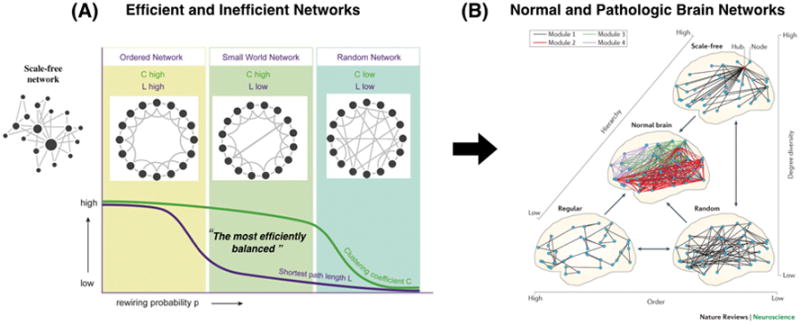Figure 4. Network properties of normal and abnormal brain networks.

(A) Properties of basic network topologies. Random networks have a higher integration capacity (on average, a short path length from one node to another) and lower functional specialty (lower clustering coefficient). Conversely, regular networks have a lower integration capacity (long path length) and higher functional specialty (large clustering coefficient). In the middle of these two extreme networks is the so-called “small-world” network with both a large integration capacity (short path length) and a large functional specialization (large clustering coefficient), achieved after rewiring only a few of the edges in the lattice. A scale-free network is somewhere between a regular and random network, depending on the hub structure. (B) The organization of normal brain networks, interpreted as an intermediate structure between three extremes: a locally connected, highly ordered (or ‘regular’) network; a random network; and a scale-free network. The order component is reflected in the high clustering of regular brain networks. Randomness, or low order, is reflected in short path lengths. The scale-free component (high degree diversity and high hierarchy) is indicated by the presence of highly connected hubs. A normal brain network is a composite that contains these three elements. This results in a hierarchical, modular network (normal brain). The scale-free functional network structure of the human brain is preserved even during general anesthesia, whereas it is disrupted during the vegetative state and various neurologic diseases such as dementia and Alzheimer disease. (Figure source of 2B)
